 W
WThomas Bayes was an English statistician, philosopher and Presbyterian minister who is known for formulating a specific case of the theorem that bears his name: Bayes' theorem. Bayes never published what would become his most famous accomplishment; his notes were edited and published after his death by Richard Price.
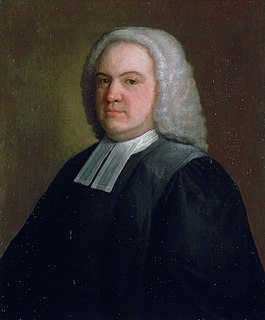 W
WThe Reverend Nathaniel Bliss was an English astronomer of the 18th century, serving as Britain's fourth Astronomer Royal between 1762 and 1764.
 W
WWilliam Bull (1738–1814) was an English independent minister.
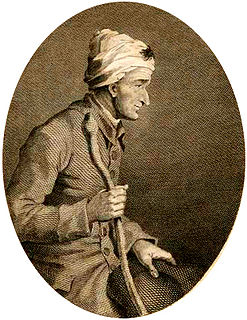 W
WJedediah Buxton (1707–1772) was a noted English mental calculator, born at Elmton, near Creswell, in Derbyshire. He was one of the earliest people referred to as an autistic savant.
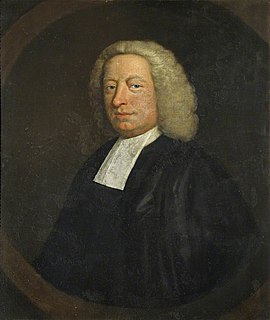 W
WJohn Colson (1680–1760) was an English clergyman, mathematician, and the Lucasian Professor of Mathematics at Cambridge University.
 W
WRoger Cotes FRS was an English mathematician, known for working closely with Isaac Newton by proofreading the second edition of his famous book, the Principia, before publication. He also invented the quadrature formulas known as Newton–Cotes formulas, and made a geometric argument that can be interpreted as a logarithmic version of Euler's formula. He was the first Plumian Professor at Cambridge University from 1707 until his death.
 W
WIsaac Dalby was an English mathematician, surveyor and teacher. He was involved in the Principal Triangulation of Great Britain, the first high-precision trigonometric survey of Great Britain.
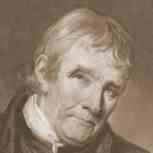 W
WJohn Dawson was both an English mathematician and surgeon. He was born at Raygill in Garsdale, then in the West Riding of Yorkshire, where "Dawson's Rock" celebrates the site of his early thinking about conic sections. After learning surgery from Henry Bracken of Lancaster, he worked as a surgeon in Sedbergh for a year, then went to study medicine at Edinburgh, walking 150 miles there with his savings stitched into his coat. Despite a very frugal lifestyle, he was unable to complete his degree, and had to return to Garsdale until he earned enough as a surgeon and as a private tutor in Mathematics at Sedbergh School to enable him to complete his MD from London in 1765.
 W
WWilliam Emerson was an English mathematician. He was born in Hurworth, near Darlington, where his father, Dudley Emerson, also a mathematician, taught a school.
 W
WThomas Exley was an English schoolmaster and schoolkeeper, who taught and occasionally published on mathematics, but was better known for advancing controversial scientific theories and for theological discussions, with special reference to Methodism.
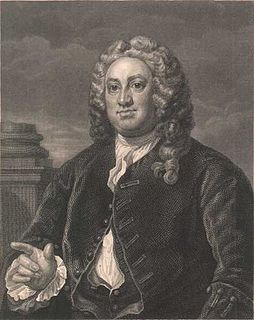 W
WMartin Folkes PRS FRS, was an English antiquary, numismatist, mathematician, and astronomer.
 W
WOlinthus Gilbert Gregory was an English mathematician, author, and editor.
 W
WEdmond Halley, FRS was an English astronomer, geophysicist, mathematician, meteorologist, and physicist. He was the second Astronomer Royal in Britain, succeeding John Flamsteed in 1720.
 W
WCharles Hayes (1678–1760) was an English mathematician and chronologist, author of an early book on the method of fluxions. He was also a long-term official and defender of the Royal African Company, one of the earliest slave-trading companies established in Britain.
 W
WCharles Hutton FRS FRSE LLD was an English mathematician and surveyor. He was professor of mathematics at the Royal Military Academy, Woolwich from 1773 to 1807. He is remembered for his calculation of the density of the earth from Nevil Maskelyne's measurements collected during the Schiehallion experiment.
 W
WJohn Landen was an English mathematician.
 W
WWilliam Lax was an English astronomer and mathematician who served as Lowndean Professor of Astronomy and Geometry at the University of Cambridge for 41 years.
 W
WEdward Rowe Mores, FSA was an English antiquarian and scholar, with works on history and typography. He was also instrumental in the founding of The Society for Equitable Assurances on Lives and Survivorships, and is credited with being the first person to use the professional title actuary in relation to insurance.
 W
WSir Isaac Newton was an English mathematician, physicist, astronomer, theologian, and author who is widely recognised as one of the most influential scientists of all time and as a key figure in the scientific revolution. His book Philosophiæ Naturalis Principia Mathematica, first published in 1687, established classical mechanics. Newton also made seminal contributions to optics, and shares credit with Gottfried Wilhelm Leibniz for developing the infinitesimal calculus.
 W
WThomas Postlethwaite was an English clergyman and Cambridge fellow, Master of Trinity College, Cambridge from 1789 to 1798.
 W
WNicholas Saunderson was a blind English scientist and mathematician. According to one historian of statistics, he may have been the earliest discoverer of Bayes theorem. He worked as Lucasian Professor of Mathematics at Cambridge University, a post also held by Isaac Newton, Charles Babbage and Stephen Hawking.
 W
WAbraham Sharp was an English mathematician and astronomer.
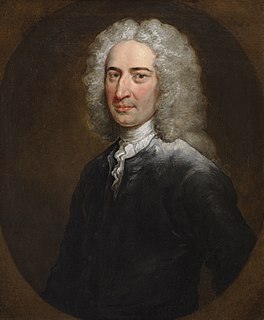 W
WRobert Smith was an English mathematician.
 W
WBrook Taylor was an English mathematician who is best known for Taylor's theorem, one of the central elementary tools in mathematical analysis, and the Taylor series.
 W
WSamuel Vince was an English clergyman, mathematician and astronomer at the University of Cambridge.
 W
WEdward Waring was a British mathematician. He entered Magdalene College, Cambridge as a sizar and became Senior wrangler in 1757. He was elected a Fellow of Magdalene and in 1760 Lucasian Professor of Mathematics, holding the chair until his death. He made the assertion known as Waring's problem without proof in his writings Meditationes Algebraicae. Waring was elected a Fellow of the Royal Society in 1763 and awarded the Copley Medal in 1784.
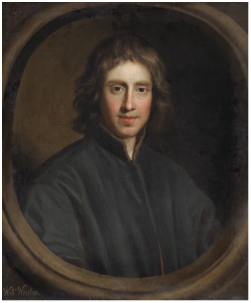 W
WWilliam Whiston was an English theologian, historian, and mathematician, a leading figure in the popularisation of the ideas of Isaac Newton. He is now probably best known for helping to instigate the Longitude Act in 1714 and his important translations of the Antiquities of the Jews and other works by Josephus. He was a prominent exponent of Arianism and wrote A New Theory of the Earth.
 W
WJohn Wilson was an English mathematician. Wilson's theorem is named after him.
 W
WJames Wood was a mathematician, and Master of St John's College, Cambridge. In his later years he was Dean of Ely.